DIY House Painting - 7 Preparation Tips

Planning on getting busy with house painting this Autumn? Whether it’s the interior or the exterior, there are always some do’s and don’ts which you need to consider before house painting. And if you are going to do the work yourself, there’s a few things you should be aware of to avoid the project turning into a disaster.
Preparation is probably just as important as execution when it comes to house painting, so if you manage to tick everything off this checklist, you’ll be well on your way!
1. Ensure Safety At Any Cost
Obviously safety is your main concern and something you need to take very seriously no matter where you’re painting. In Australia every year there are more than enough accidents associated with upkeep and maintenance in the home, and it can happen to anyone.
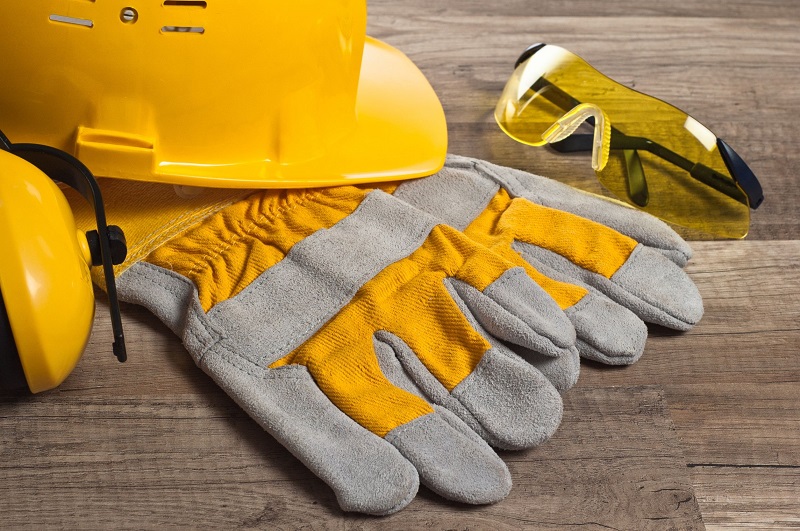
For one thing, if you’re painting indoors, make sure the area is well ventilated for obvious reasons. Ensure your ladder is in good working order; you want it to be nice and sturdy - preferably metal. Don’t try anything silly when you’re up high - like leaning out to the side of the ladder to paint that last spot in the corner. Instead, always take your time even if there is only a small of something going wrong. Lastly, practice common sense and avoid painting on a windy or potentially wet day.
2. Avoid Using Plastic Drop Cloths
Plastic sheeting and tarps are cheap and disposable however they actually pose a safety risk in many cases. It’s quite easy to slip on them, especially when paint is splattered all over them.
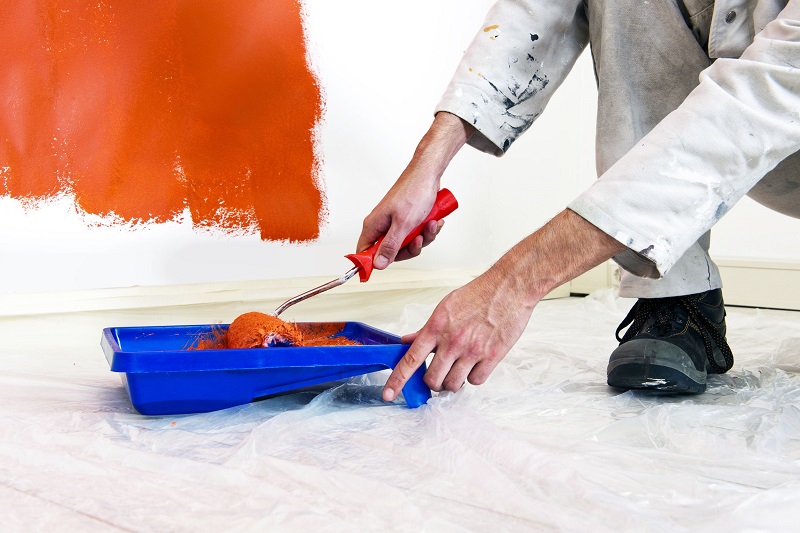
Painting canvas drop cloths are a smart alternative; they might be a little more expensive but they have a number of advantages. For one, they soak up spilled paint much more effectively. They don’t rip or tear and they rarely need to be taped down. Plus they’re more flexible and can be laid down on angles around doors and corners etc.
3. Clean the Surface Thoroughly
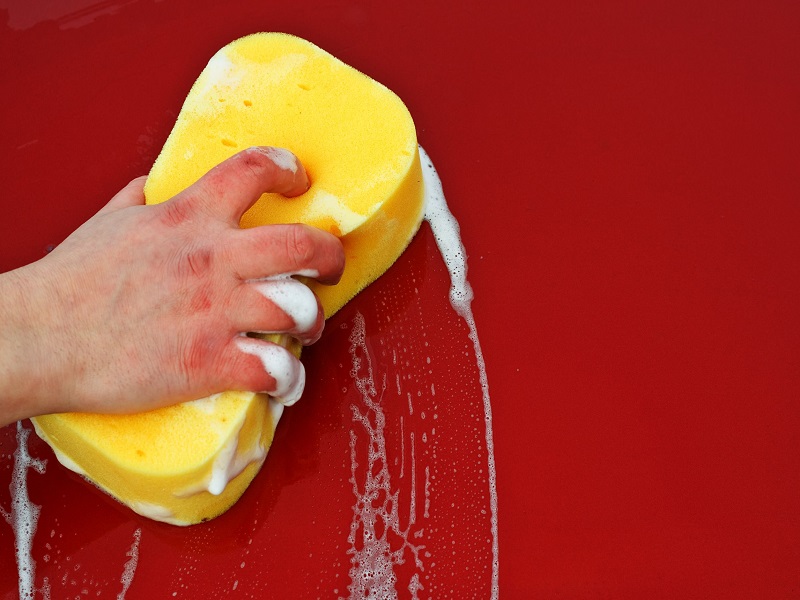
Painting on even a slightly unclean surface can result in the paint job not lastly as long as it can. For the best results, it’s a good idea to go over the surface with water, detergent and a sponge for interior walls. This will ensure no dust or dirt (some of which may be microscopic) comes between you and getting the finish you’re after. You might also need to scuff the previous coat with sandpaper to prepare the surface.
4. Figure Out How Much Paint You’ll Need
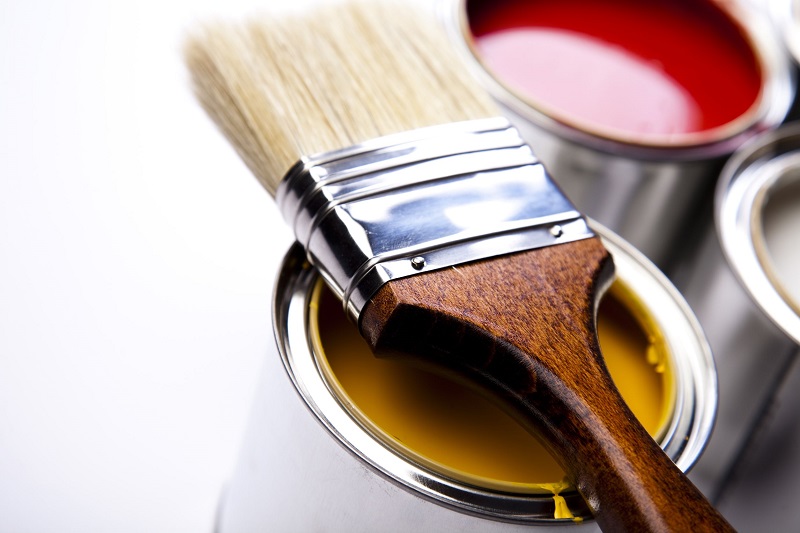
It’s not at all ideal to run out of paint halfway through the job so take the time to measure the surface and figure out just how much you’ll need. For interior walls and ceilings, this should be reasonably straightforward - most paint cans have guidelines about how many square-metres the paint can cover. Outdoors can be trickier so you’re probably better off buying more rather than less.
5. Invest in a paint grid
If you’ve painted or tried painting with a paint roller tray, you’ll know that it can be a real pain. Not only it is easy to knock over and spill, but it generally has to sit on the floor and isn’t at all easy to move from point A to point B when you’re in the middle of a paint job.
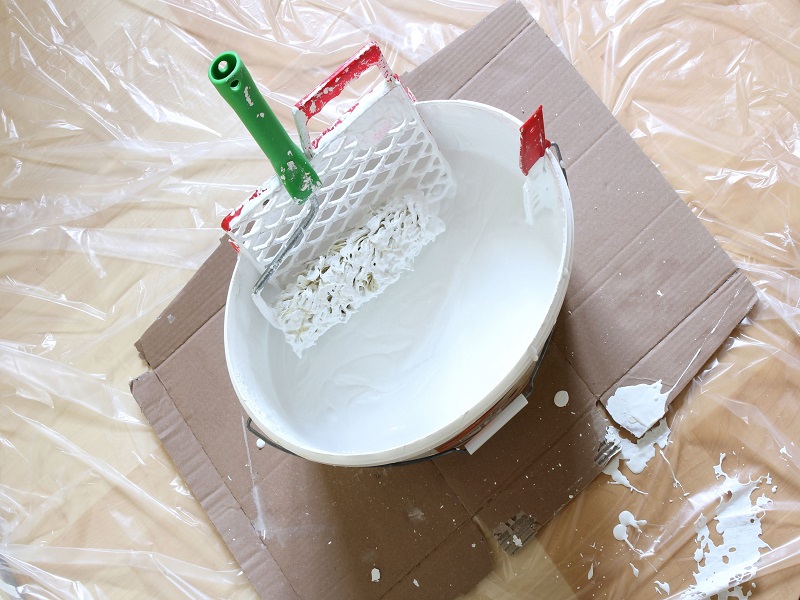
A paint grid is basically a metal screen in a bucket. You dip your roller into the bucket and roll it along the metal screen and you’re ready to apply the paint to the wall! Being in a bucket it is a lot more practical and sturdy than the tray - definitely worth the investment.
6. Allocate Plenty of Time

Particularly for people that aren’t professionals, you don’t want to be under any pressure with time when house painting. Chances are the work will be much slower than you plan for and allowing for a couple of days at least is a good game plan.
7. Make A Note of Paint Colour
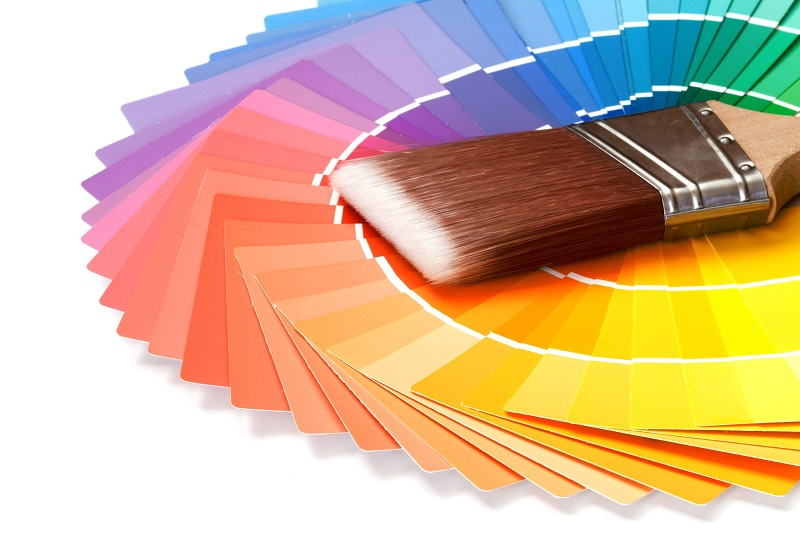
If you love the colour your painting with, make sure you remember the brand of paint and colour that you’re using for future reference. It could certainly come in handy!









